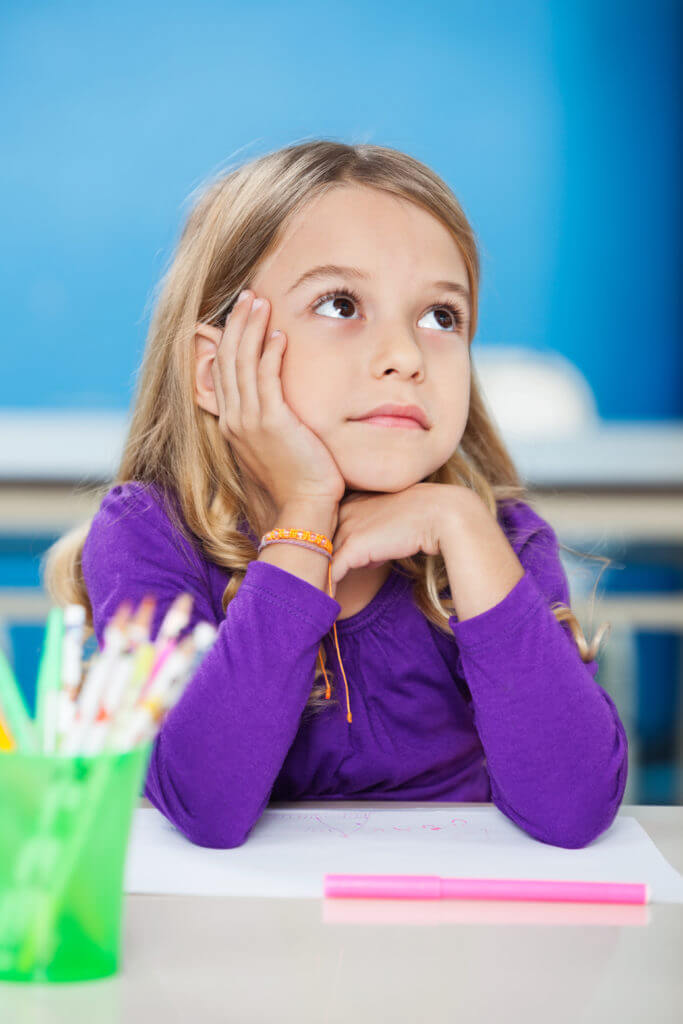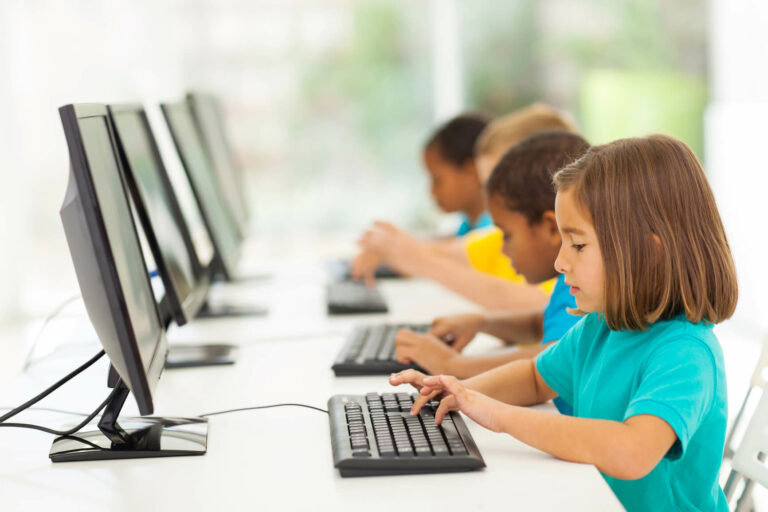Every child is unique in how they process, understand, and retain information, making it essential for early childhood educators to recognize and nurture each child’s individual learning preferences. At Heritage Learning Center, we understand that children thrive when their natural learning styles are recognized and supported through intentional, research-based teaching approaches. Our experienced educators have observed that when children receive instruction aligned with their preferred learning modalities—whether visual, auditory, or kinesthetic—they demonstrate increased engagement, better comprehension, and greater confidence in their abilities.
Drawing from decades of early childhood education expertise and current research in child development, we’ve developed comprehensive programs that accommodate the diverse ways children learn best. Our classrooms are thoughtfully designed to provide rich, multi-sensory experiences that engage visual learners through colorful displays, support auditory learners through music and storytelling, and energize kinesthetic learners through movement and exploration. We believe that understanding your child’s learning style isn’t just about academic success—it’s about fostering their natural curiosity, building self-confidence, and creating positive associations with learning that will serve them throughout their educational journey.

How Children Process Information: The Science Behind Learning Styles
Research in neuroscience reveals that neural connections in the brain are established most rapidly in early childhood, with the first three years being most consequential for forming the foundation for communication, learning, and social skills. Understanding how children naturally prefer to receive and process information helps educators create more effective learning experiences that align with brain development patterns.
Recent studies of preschool children show that the majority are visual learners (72.22%) and auditory learners (27.78%), with learning environments significantly impacting educational outcomes when matched to their preferred styles. Contemporary educational research emphasizes that effective early childhood programs can be tailored to meet unique needs and abilities, adapting to suit different learning styles while promoting cognitive, social, and emotional development.
The Three Primary Learning Modalities
Visual Learning: Children who process information best through what they see, including images, colors, spatial relationships, and demonstrations.
Auditory Learning: Children who learn most effectively through what they hear, including spoken instructions, music, rhythms, and verbal discussions.
Kinesthetic Learning: Children who understand concepts best through movement, touch, and hands-on exploration of their environment.
Recognizing Visual Learners
Visual learners often have strong imaginations, think in pictures, and may become overstimulated in busy environments. They typically learn best by seeing demonstrations and receiving detailed descriptions. These children often prefer looking at books with rich illustrations, remember faces and locations more easily than names, enjoy puzzles and drawing, and follow visual cues to understand expectations.
Heritage Learning Center’s Visual Support: Our approach incorporates colorful classroom displays, visual schedules, and hands-on materials children can see and manipulate. We use picture books, educational posters, demonstration-based instruction, interactive bulletin boards, visual learning centers with manipulatives, step-by-step picture instructions, and art projects that reinforce academic concepts.
Understanding Auditory Learners
Auditory learners learn through listening and participating in discussions. They can easily follow spoken directions, often love music, and remember song lyrics with remarkable accuracy. Signs include preference for having stories read aloud, ability to follow complex verbal instructions, natural affinity for music and rhythm, tendency to talk through problems, and strong listening skills.
Our Auditory-Rich Environment: Heritage Learning Center includes daily music activities, storytelling sessions, and plenty of opportunities for verbal interaction. We incorporate songs to teach concepts, use rhymes for memory building, provide quiet spaces for children needing minimal distractions, facilitate circle time discussions, offer musical learning activities, maintain audio books and listening centers, and encourage children to explain their thinking aloud.
Engaging Kinesthetic Learners
Kinesthetic learners learn best by doing, with hands-on instruction, manipulatives, and role-playing helping them process information. Touch and movement are critical to their learning process. These active learners often have difficulty sitting still, learn better when manipulating objects, excel in physical activities, prefer exploring materials before receiving instructions, and remember information better when connected to physical movement.
Movement-Integrated Learning: Our kinesthetic approach incorporates opportunities for movement throughout the day, hands-on exploration stations, and activities engaging multiple senses. We provide sensory bins with various textures, building and construction activities, outdoor exploration and nature study, dramatic play opportunities, and movement games that reinforce learning concepts.
Creating Multi-Sensory Learning Environments
Rather than limiting children to one learning style, we create rich, multi-sensory experiences that engage all learning modalities simultaneously. Research supports personalized learning experiences that cater to each child’s unique needs, with adaptive approaches ensuring every child is challenged and supported.
Our integrated approach ensures every activity incorporates visual, auditory, and kinesthetic elements, allowing children to access information through their preferred modality while developing skills in other areas. Our flexible learning spaces feature quiet reading corners for visual learners, music and listening areas for auditory learners, active learning zones with movement opportunities, flexible seating options, and natural lighting that supports all learning styles.
Supporting Your Child’s Learning Style
The best way to understand your child’s learning style is through careful observation of their natural preferences and behaviors. Notice how your child approaches new activities, what types of play they gravitate toward, and how they respond to different instruction types.
Effective early childhood education involves collaboration between families and educators. We work closely with families to share insights about each child’s learning style and provide strategies for reinforcing learning at home, including creating learning spaces that match style preferences and incorporating learning preferences into daily routines.
When children learn through their preferred modalities, they experience greater success, increased confidence, and more positive associations with learning. This foundation supports not only immediate academic achievement but also lifelong learning attitudes and skills.
Ready to Support Your Child’s Unique Learning Style?
At Heritage Learning Center, we’re committed to recognizing and nurturing each child’s individual learning preferences through expertly designed, research-based programs that honor the diverse ways children process and understand their world.
Wondering how your child learns best? Schedule a visit to Heritage Learning Center today and discover how our experienced educators identify and support each child’s unique learning style. Call us or visit our website to learn more about our comprehensive early childhood programs designed to help every child thrive through personalized, multi-sensory learning experiences that build confidence and ignite a lifelong love of learning.



